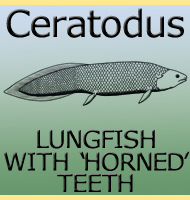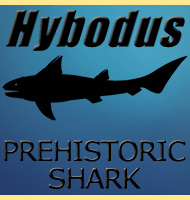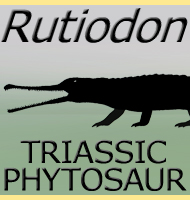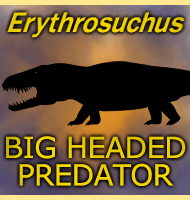


Triadobatrachus
Name:
Triadobatrachus.
Phonetic: Tri-ad-o-ba-trak-us.
Named By: Khun - 1962.
Classification: Chordata, Amphibia,
Protobatrachidae.
Species: T. massinotiis
(type).
Diet: Carnivore/Insectivore.
Size: Madagascar - Middle Sakamena Formation.
Known locations: South Africa.
Time period: Induan of the Triassic.
Fossil representation: Almost complete individual.
Triadobatrachus
is one of the earliest frogs to appear in the fossil record. So
primitive is Triadobatrachus that this frog has
substantially more
vertebrae, fourteen in total when compared to a range of four to nine
vertebrae in modern frogs. A short tail was also retained in
adulthood. Triadobatrachus has been found in
association with marine
(salt water) deposits, though the presence of a large number of
terrestrial plants were also found near to the Triadobatrachus
holotype. These plants indicate that like many modern frogs,
Triadobatrachus would leave the water to roam about
on land, quite
possibly to hunt invertebrates as well as possibly seek out new
bodies of water.
There
has been a lot of speculation concerning Triadobatrachus
and if it were
capable of jumping like modern frogs can. Most of this study has
focused upon examining the rear legs, and usually the answer is that
although the rear legs were developed well enough for swimming and
walking, they were incapable of providing a jumping ability that
modern frogs are known to have. However a 2012 study by
Sigurdsen, Green and Bishop focused more upon the front legs, and
found that these were actually quite similar to the fore leg structures
of modern frogs. This means Triadobatrachus would
have still been
capable of landing, and that in actuality may well have been capable
of hopping and jumping very short distances, though still not to the
same distances that modern frogs can.
Further reading
- Une forme ancestrale des amphibiens anoures dans le Trias inf�rieur
de Madagascar. - Comptes Rendus hebdomadaires des s�ances de
l'Acad�mie des Sciences 202: 1607–1608.- J. Piveteau -
1936.
- Origine et �volution morphologique des amphibiens anoures. -
Comptes Rendus hebdomadaires des s�ances de l'Acad�mie des Sciences
203: 1084–1086. - J. Piveteau - 1936.
- Redescription of Triadobatrachus massinoti (Piveteau, 1936)
an anuran amphibian from the Early Triassic". Palaeontographica
Abteilung A, Palaeozoologie-Stratigraphie 206: 1–16. -
J-C. Rage & Z. Roček - 1989.
- Did Triadobatrachus Jump? Morphology and Evolution of the Anuran
Forelimb in Relation to Locomotion in Early Salientians - Fieldiana
Life and Earth Sciences Number 5 :77-89. - Trond Sigurdsen,
David M. Green & Philip J. Bishop - 2012.
- Triadobatrachus massinoti, the earliest known
lissamphibian
(Vertebrata: Tetrapoda) re-examined by �CT-Scan, and the evolution of
trunk length in batrachians. - Contributions to Zoology. 58 (2):
201–234. - Eduardo Ascarrunz, Jean-Claude Rage, Pierre Legreneur
& Michel Laurin - 2016.
----------------------------------------------------------------------------
Random favourites
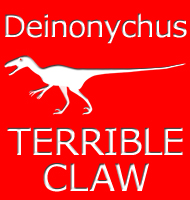 |
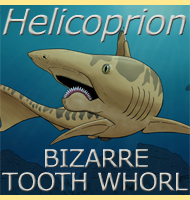 |
 |
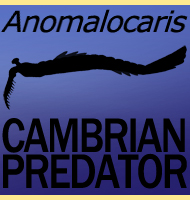 |

